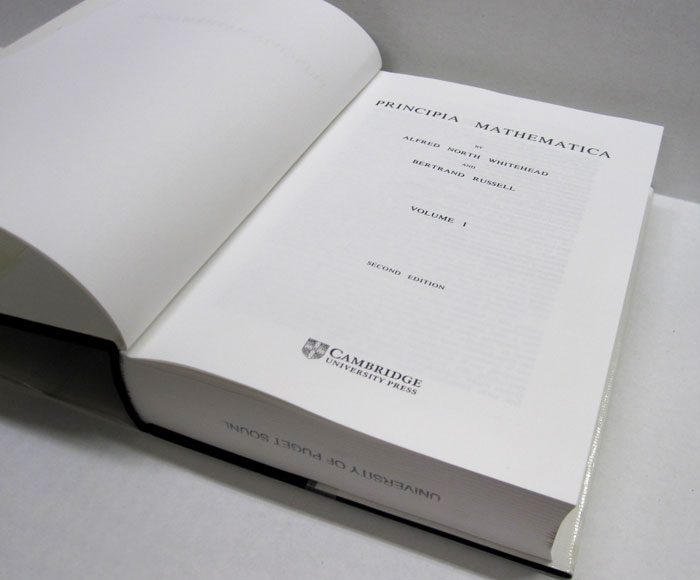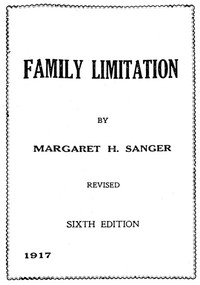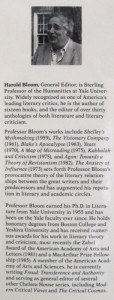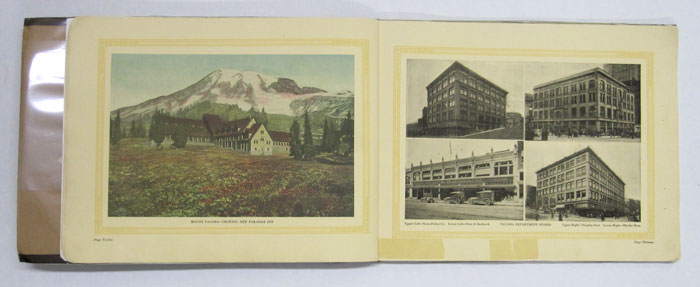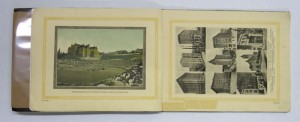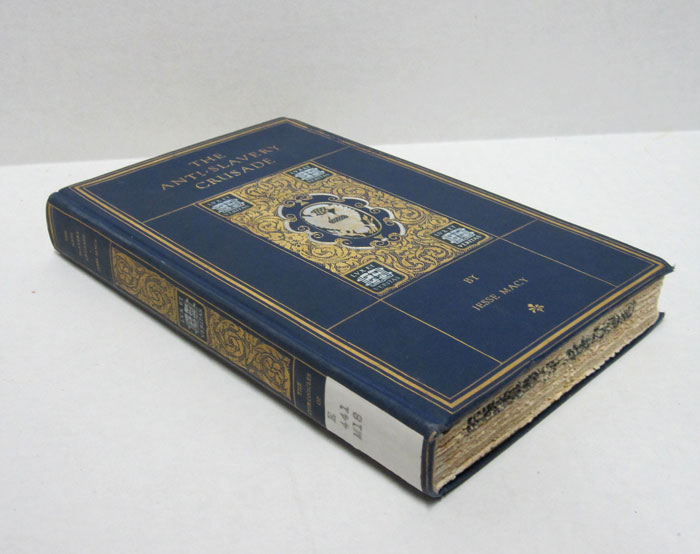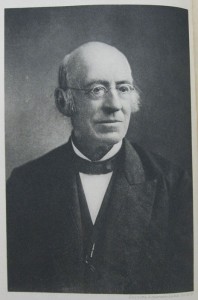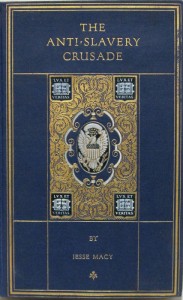 1910: Encyclopaedia Britannica
1910: Encyclopaedia Britannica
Author/Editor:
The 11th edition of the Encyclopaedia Britannica is one of the best known, highest quality general encyclopedias ever published. It’s a little hard to imagine the significance this book set would have had from our vantage point of near-instant access to most general information and much specialist information, but it’s worth a try to get a sense of how important this type of work was.
This edition in particular is widely known because of the number of well-known scholars and thinkers who wrote articles, including Edmund Gosse (who you’ll see later in this blog series!), Algernon Charles Swinburne, John Muir, T.H. Huxley, Ernest Rutherford, and Bertrand Russell.
The 11th edition is very much a product of its time. For a window into the past, you can browse it in our collection, and online at Project Gutenberg Encyclopedia. Why the different name? Well, the 11th edition’s content is in the public domain, but the trademark of Britannica is still active; hence the name change when it went up online.





 1912: Death in Venice
1912: Death in Venice